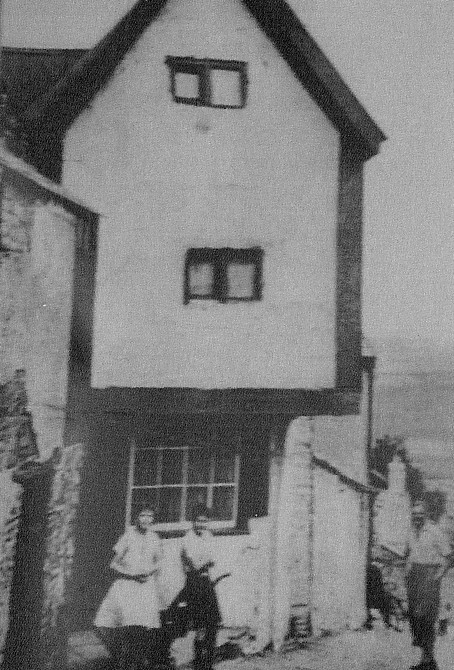
The earliest remnants of the people of Glamorgan comes from the Bronze Age which was defined by the use of the metal and made a lasting impression on the area.
From c. 3350 BP, a worsening climate began to make agriculture unsustainable in upland areas. The resulting population pressures appear to have led to conflict. Hill forts began to be built from the Late Bronze Age (and throughout the Iron Age (3150–1900 BP) and the quantity and quality of weapons increased noticeably – along the regionally distinctive tribal lines of the Iron Age.
The Silures inhabited the area at the time of the Roman conquest, who later built roads throughout the region to link their fortifications, and they founded Leucarum, a military station at Loughor, a strategic river crossing on the western edge of Glamorgan. Important centres of Celtic Christianity in Glamorgan in the 6th century included Llandaff, associated with St. Dubricius (Dyfrig) and St. Teilo, and the great monastic settlements of Llancarfan, Llandough, and Llantwit Major.
The region originated as an independent petty kingdom named Glywysing, believed to be named after a 5th-century Welsh king called Glywys, who is said to have been descended from a Roman Governor in the region. Saint Paul Aurelian was born in Glamorgan in the 6th century.
The name Morgannwg or Glamorgan ('territory of Morgan') reputedly derives from the 8th-century king Morgan ab Athrwys, otherwise known as "Morgan Mwynfawr" ('great in riches') who united Glywysing with the neighbouring kingdoms of Gwent and Ergyng, although some have argued for the similar 10th-century ruler Morgan Hen.  It is possible it was only the union of Gwent and Glywysing that was referred to as Morgannwg. By virtue of its location and geography, Morgannwg or Glywysing was the second part of Wales, after Gwent, to fall under the control of the Normans and was frequently the scene of fighting between the Marcher Lords and Welsh princes.
It is possible it was only the union of Gwent and Glywysing that was referred to as Morgannwg. By virtue of its location and geography, Morgannwg or Glywysing was the second part of Wales, after Gwent, to fall under the control of the Normans and was frequently the scene of fighting between the Marcher Lords and Welsh princes.
At Llantrisant we have little evidence of early prehistoric activity. The nearest neothlithic monument is a burial chamber at Caeryrfau in Pentyrch. It is also probable that new Stone Age farmers settled in the limestone areas of Broviskin. A circular grass gown mound alongside Nant Mychydd near Treferig Isaf is listed as well as marks of two round ditches near Miskin as being Bronze Age.
There is also evidence of rounds cairns in Penrhiwfer, Mynydd Garth Maelog and on the Garth in Pentyrch – all of these surrounding the present town of Llantrisant. Presumably other evidence has been ploughed out over the centuries.
Nearby lies the hillfort of Caerau above Rhiwsaeson which is an oval, Iron Age dating from approximately 700 BC and is one of the largest in south Wales. The tribal Silures who fought the Roman legions in battle finally accepted their authority when they established their Capital at Caerwent. Their centre near Llantrisant was that of Caerau. Overlooking the Afon Clun, the defences comprise a set of two banks and ditches, with a counterscarp bank. Originally, the bank stood approximately 25 feet high, though much of it has been destroyed. It had close links to the River Ely, down to Llandaff and therefore access to the sea. There was also an iron oxide ores outcrop at Mwyndy which again saw Roman workings taking place.







